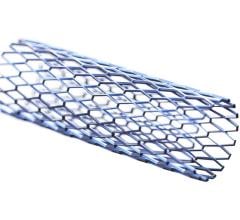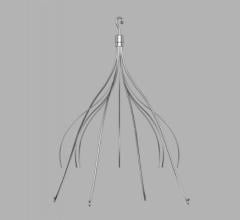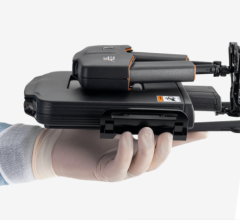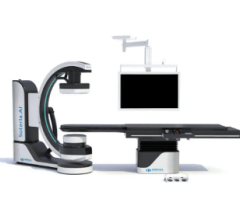January 17, 2012 — Killing tumors by freezing them can add precious time to the lives of women with ovarian cancer that has spread to other parts of the body. Minimally invasive cryoablation extends lives and is cost-effective, according to a study being presented at the 4th annual Symposium on Clinical Interventional Oncology (CIO), in collaboration with the International Symposium on Endovascular Therapy (ISET).
Once the cancer has spread (metastasized) beyond the ovaries, it is usually incurable, but surgery is often used to remove the tumors and extend life. Depending on the location of the tumors, however, that may not be an option, especially if the patient has previously undergone surgery to remove the cancer. The study shows cryoablation may be used to kill these tumors with extreme cold, resulting in significant survival time.
The study included 21 patients whose tumors in the abdomen, liver, lung and bone could not be removed surgically. Cryoablation was used to treat 48 tumors, killing 47 of them (98 percent). From the time of diagnosis of metastatic disease, average patient survival time was more than four years and seven months. That’s significant because women whose tumors are not successfully removed surgically – which occurs in about 60 percent of cases, according to studies – typically survive from about seven months to 2 years. On average, more than three years had transpired from the time of diagnosis to the first cryoablation treatment, meaning these women had already passed their expected survival time, and yet cryoablation was able to extend their survival even further. Some patients had multiple cryoablation treatments and of 41 procedures, there were three major complications (7 percent). The complications included two deaths that were attributed to the cancer, not to the procedure.
The study also determined the treatment extremely cost-effective, costing an average of $26,806 per life year saved, well below the current standard of $100,000.


 November 13, 2025
November 13, 2025 









